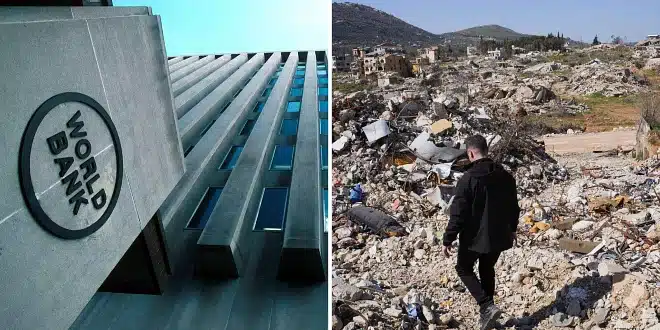Lebanon’s recovery and reconstruction needs have been estimated at approximately $11 billion following the intense conflict between Israel and Hezbollah, which ended with a ceasefire in late November. According to assessments covering the period from October 8 to December 20, 2024, the war caused extensive physical destruction and severe economic losses, pushing Lebanon’s already fragile economy further into crisis.
The overall economic toll of the conflict is estimated at around $14 billion. Of this total, approximately $6.8 billion accounts for damage to physical infrastructure, while the remaining $7.2 billion reflects lost productivity, reduced revenues, and higher operating costs for businesses and essential services.
Housing and Tourism Sectors Among Worst Hit
The housing sector bore the brunt of the physical devastation, with losses estimated at $4.6 billion. Thousands of homes, particularly in southern Lebanon and parts of Beirut’s southern suburbs, were either completely destroyed or left uninhabitable. The tourism sector, which was already struggling due to Lebanon’s prolonged financial collapse, suffered an estimated $3.6 billion in losses as conflict and instability wiped out any remaining hope for recovery in that industry.
The conflict’s broader economic impact has been severe, with Lebanon’s real GDP shrinking by approximately 7.1 percent in 2024. This sharp contraction was a devastating reversal from what would have been modest economic growth of 0.9 percent had the conflict not occurred. By the end of 2024, Lebanon’s cumulative economic decline since 2019 neared 40 percent, highlighting how the war has compounded an already dire economic crisis caused by years of political paralysis, financial collapse, and declining investor confidence.
The war, which lasted more than a year and included two months of full-scale hostilities, caused widespread destruction across Hezbollah strongholds in southern Lebanon and parts of the Bekaa Valley, as well as in southern areas of Beirut. The fighting inflicted major damage to infrastructure, residential areas, and commercial centers, deepening Lebanon’s already severe humanitarian and economic crises.
Even before the outbreak of war, Lebanon was struggling with a prolonged economic meltdown, banking collapse, and near-total erosion of public services. However, the weakening of Hezbollah during the conflict contributed to breaking the political deadlock, ultimately leading to the long-delayed appointment of a new president and government after more than two years without a functioning executive.


